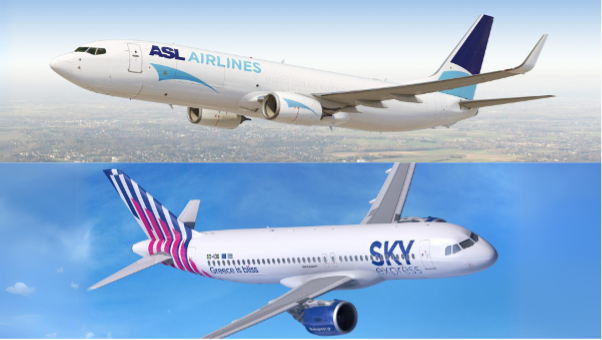
Aviation
Press Release: SkyExpress and ASL Airlines France Renew Contracts with Omnevo
WIESBADEN, GERMANY, 27 JUNE 2024 – Omnevo, leading provider of digital ancillary revenue models, is pleased to announce the renewal of contracts with two of its valued partners, SkyExpress and ASL Airlines France.
• SkyExpress Extends Partnership for Three More Years: We are thrilled to announce a three-year contract extension with SkyExpress, the leading Greek airline. This renewed partnership signifies the continued trust and successful collaboration between our two companies.
• ASL Airlines France Commits for Two More Years: We are also delighted to confirm that the contract has been extended until October 2025 with ASL Airlines France, the Paris-based carrier. This renewal strengthens our commitment to providing our customers with reliable and efficient solutions.
“These contract extensions demonstrate the enduring value proposition that Omnevo offers to its airline partners. We are committed to continually providing exceptional service, innovative solutions, and a collaborative approach to partnership.” Peter Coelho, COO at Omnevo.